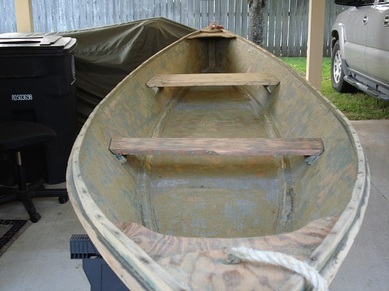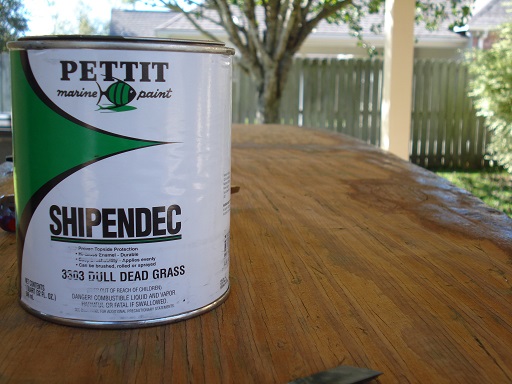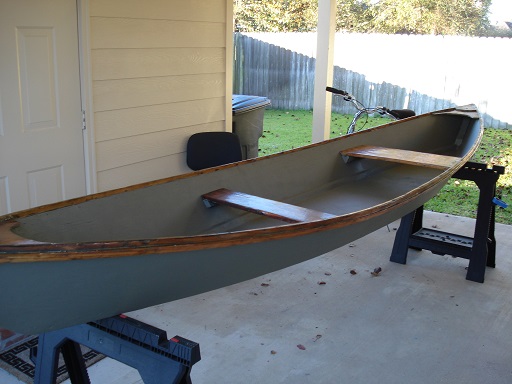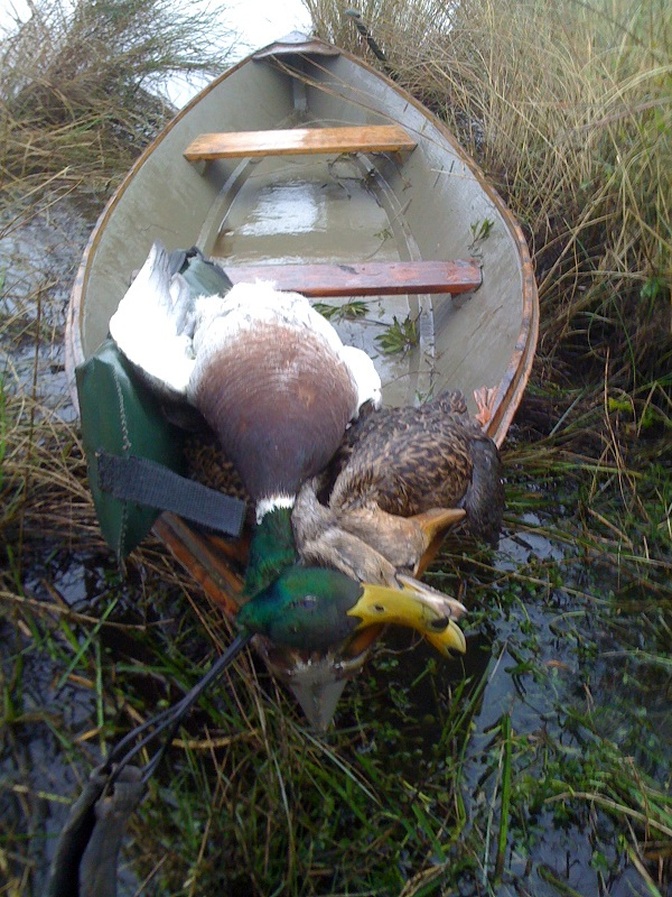 Darren Digby
Darren Digby Whether your fall pursuit involves fur or feathers, the off-season is brutal. It doesn’t take long from the close of the season to get caught up on rest and all those things neglected during the season so it’s usually around this time of year I start to get the semblance of an itch for the season to come and start poking around for chores to do in early preparation. Maybe you’ll finally replace that old skinning rack that hardly stands up straight any more or fix up the feeder with the rusted out bin. For the duck hunters you might have a pile of decoys needing patching from a few low swats over the blocks last season or a leaky pirogue that barely made it to the blind each trip without a stop off for some bailing.
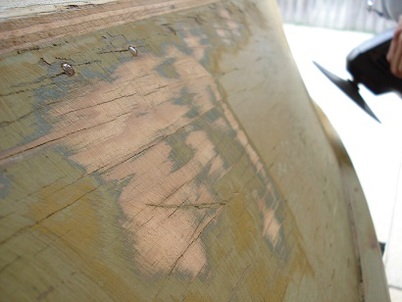
A few years ago I was fortunate enough to have a buddy give me an old wooden pirogue after he’d upgraded to two new fiberglass models. The gift came with one condition: that I fix up the pirogue and keep it hunt-ready to be used when called upon, if not in the everyday fleet.
I’m admittedly far from the expert on intricate wood work or anything else I’d need for the job like paints and epoxies but I figured, for a free pirogue, I could do some learning and bring this thing back to its former beauty. After all, one critical aspect of the craft was intact despite its estimated age of well over 30 years: it did not leak!
I’m admittedly far from the expert on intricate wood work or anything else I’d need for the job like paints and epoxies but I figured, for a free pirogue, I could do some learning and bring this thing back to its former beauty. After all, one critical aspect of the craft was intact despite its estimated age of well over 30 years: it did not leak!
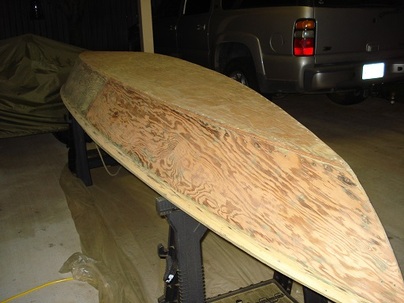
The first task was to get through the assorted coats of paint that had been piled on the hull over the years and down to the wood itself. After some serious sanding using both hand and electric sanders, we got down to the beautiful wood below, with about 5 different coats of paint identifiable along the way.
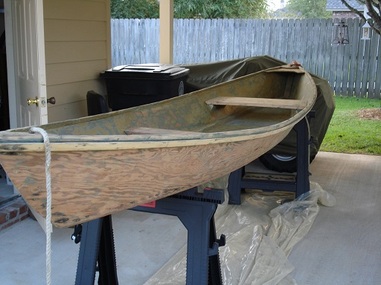
Once sanding was complete, we could really get a look at the seams and nail holes throughout the vessel. Small nails were replaced along the seams where needed, some were nearly rusted out or missing altogether. A light caulking application was used to fill any voids in the seams before a 2-part epoxy, the West System, from West Marine, was applied on all of the seams. Following thorough curing, the epoxy surfaces were lightly roughed via a fine-grit sanding in preparation for painting.
| For the main hull color, a traditional Dull Dead Grass was selected from Pettit paints and readied for brushing on. The paint was brushed on the outside hull and interior, taking care to avoid the cypress gunwale trim and two seats inside. Over the course of about a week two coats of paint were applied then the rails and seats treated with the epoxy. As a final touch, she was outfitted with new 3-strand bow and stern ropes and readied for action. Though typically heavier than the modern fiberglass pirogue more commonly used, the wide bottom and flared sides makes for a very stable platform and this one is truly a joy to paddle. |
| Sure it can be a bit cumbersome when crossing mud flats but when water depth isn’t limited, I’m usually quick to load this one up as it can haul more than its share for sure. The long off-season rolls on but there’s no better time than now to think about your fall to-do’s and get the ball rolling on any projects to improve your hunts next season. |
